For many adventurers, the freedom of traversing multiple countries with just a single backpack represents the ultimate travel experience. This minimalist approach to exploring the world strips away the complications of excessive luggage while maximizing flexibility and spontaneity.
Moving between destinations becomes effortless when everything you need fits comfortably on your shoulders, allowing you to hop on unexpected transportation opportunities or change plans without logistical headaches.
Here is a list of 20 practical strategies for successfully living out of a backpack while moving from country to country with ease and comfort.
Choose the Right Backpack
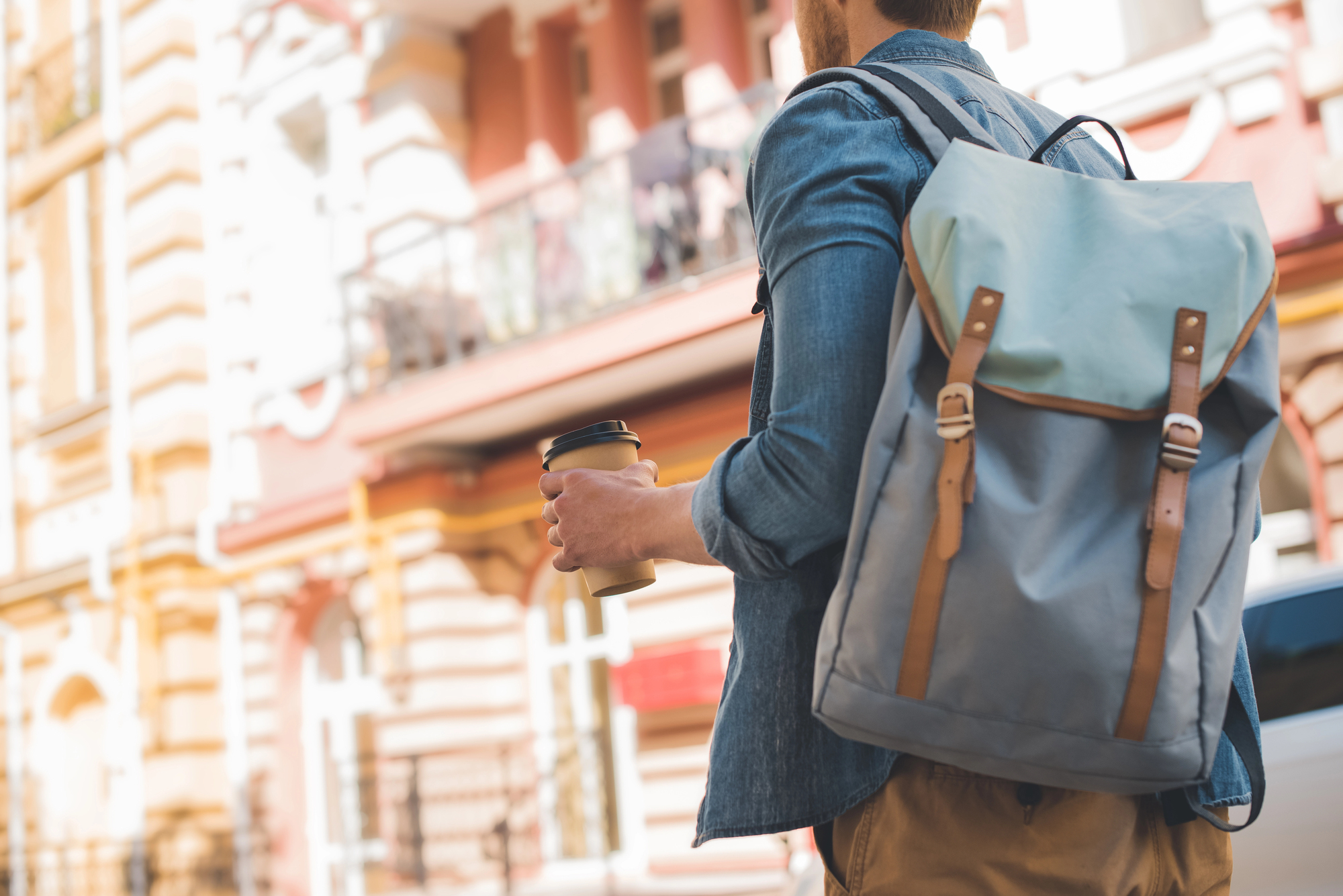
The foundation of successful minimalist travel begins with selecting a backpack that balances capacity with comfort. Look for something between 35 and 45 liters with adjustable straps, proper back support, and multiple compartments for organization.
The perfect pack sits comfortably on your frame even after hours of walking, opens like a suitcase for easy access, and meets carry-on requirements for most airlines to avoid checked baggage fees and waiting times.
Master the Art of Clothing Selection
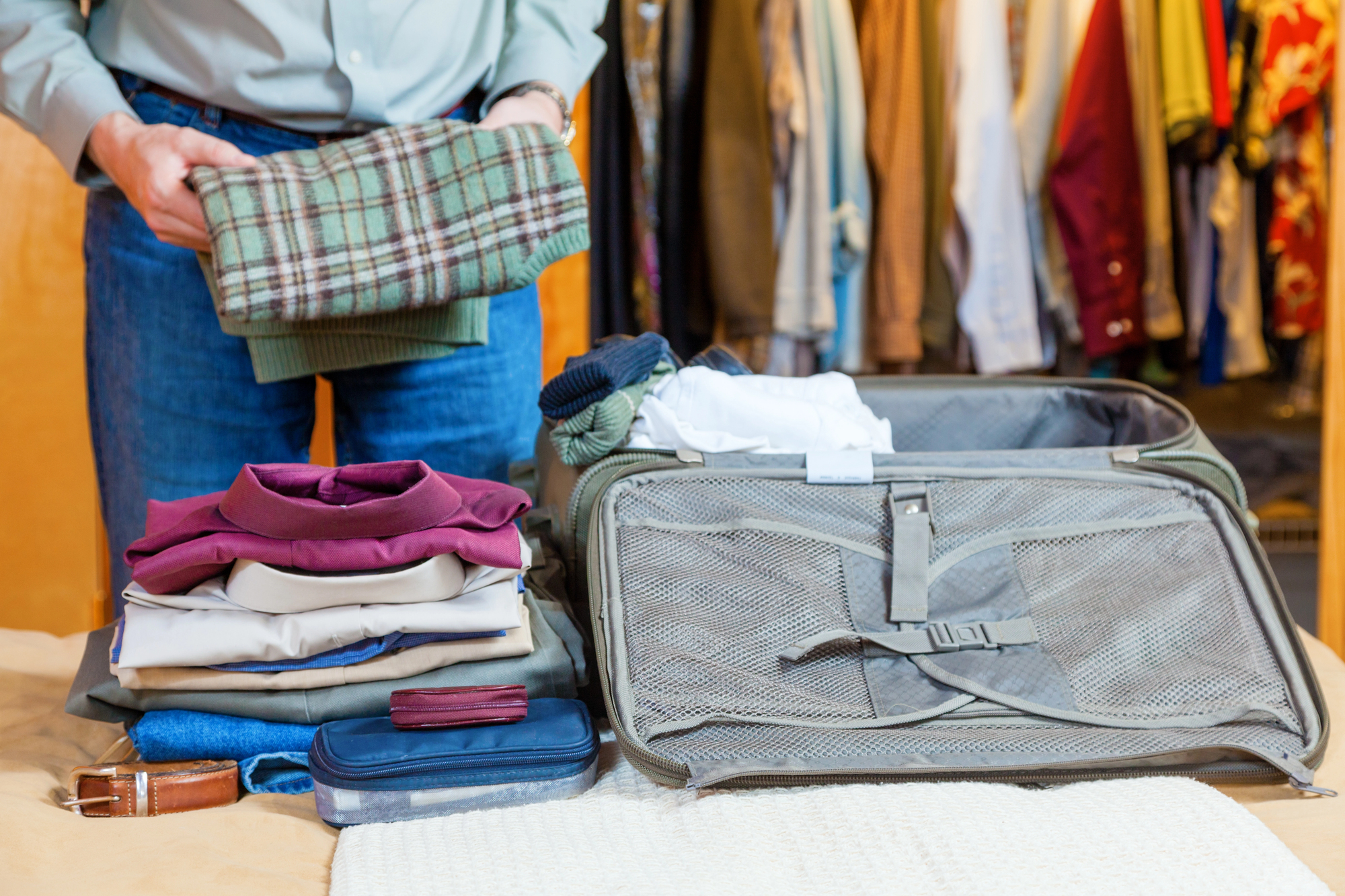
The secret to long-term travel from a single pack lies in assembling a versatile wardrobe of mix-and-match items. Select fabrics that resist wrinkles, dry quickly, and work across multiple climates – merino wool excels for its temperature regulation and odor resistance.
Limit yourself to two pairs of shoes maximum: comfortable walking shoes and one versatile alternative that can handle various social situations.
Embrace Layering Strategies

Rather than packing bulky seasonal items, focus on creating a layering system that adapts to changing climates. A moisture-wicking base layer, insulating mid-layer, and weatherproof outer shell provide versatility across environments from tropical beaches to mountain towns.
This approach occupies minimal pack space while preparing you for unexpected weather shifts that often surprise country hoppers.
Like Travel Pug’s content? Follow us on MSN.
Adopt Compression Techniques
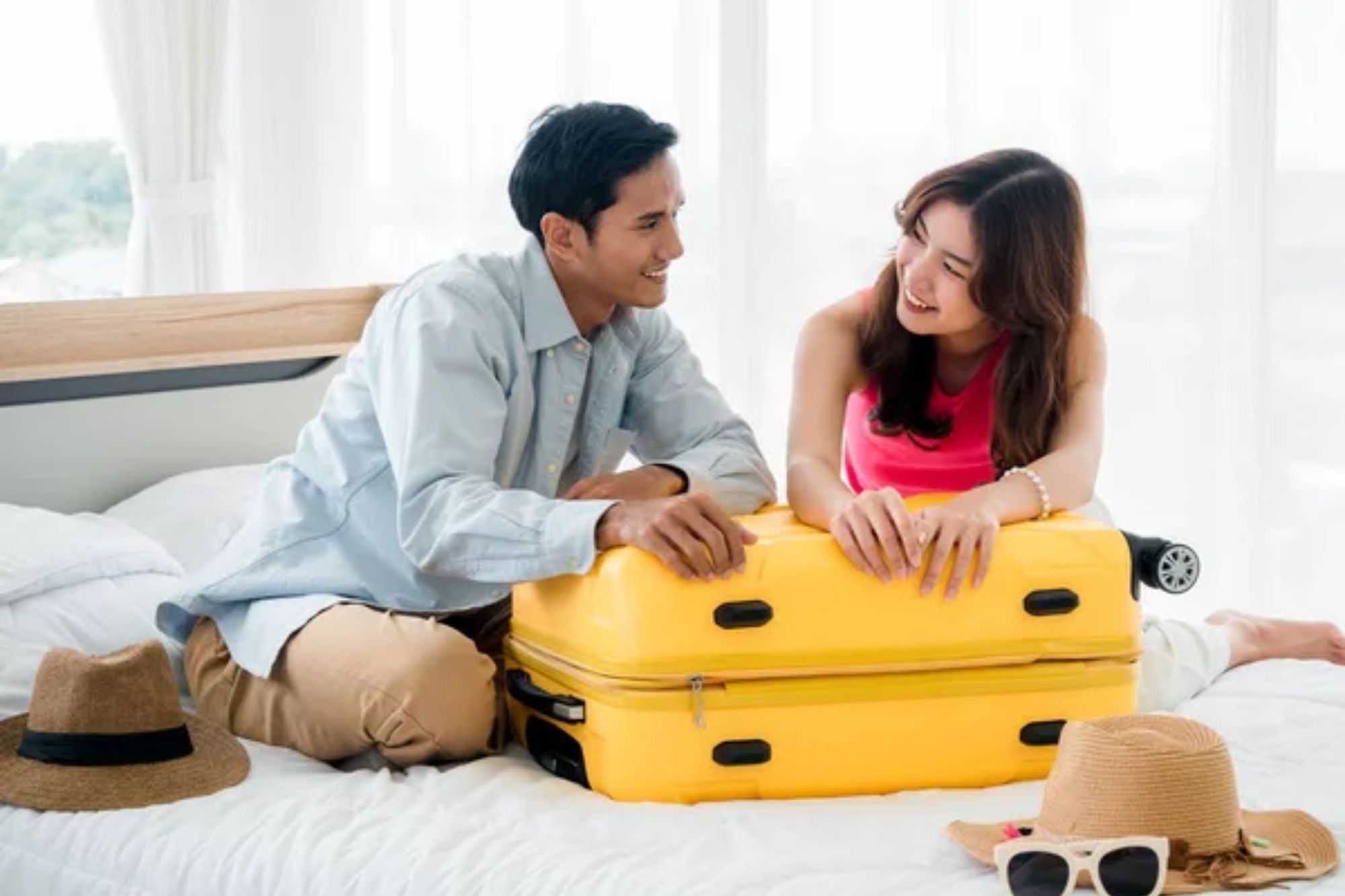
Master compression methods that maximize every cubic inch of space to transform your packing volume. Rolling clothes instead of folding, using compression packing cubes, and stuffing socks into shoes can reduce your clothing footprint by nearly 30%.
These techniques not only save space but also minimize wrinkles and make daily repacking more efficient as you move between accommodations.
Prioritize Multipurpose Items

Every item earning precious backpack space should serve multiple functions to justify its weight. A sarong can function as a beach blanket, light blanket, privacy curtain, and fashionable accessory.
Similarly, a phone eliminates the need for separate cameras, maps, guidebooks, and entertainment devices. This ruthless focus on versatility keeps your pack weight manageable through dozens of border crossings.
Digitize Everything Possible

Physical items add weight and bulk that digital alternatives eliminate. Scan important documents to secure cloud storage, use e-books instead of physical copies, and maintain digital copies of travel insurance and reservations.
Beyond weight savings, this approach provides backup copies accessible from anywhere with internet access – invaluable when physical items are lost or damaged during transit.
Like Travel Pug’s content? Follow us on MSN.
Streamline Toiletries Ruthlessly
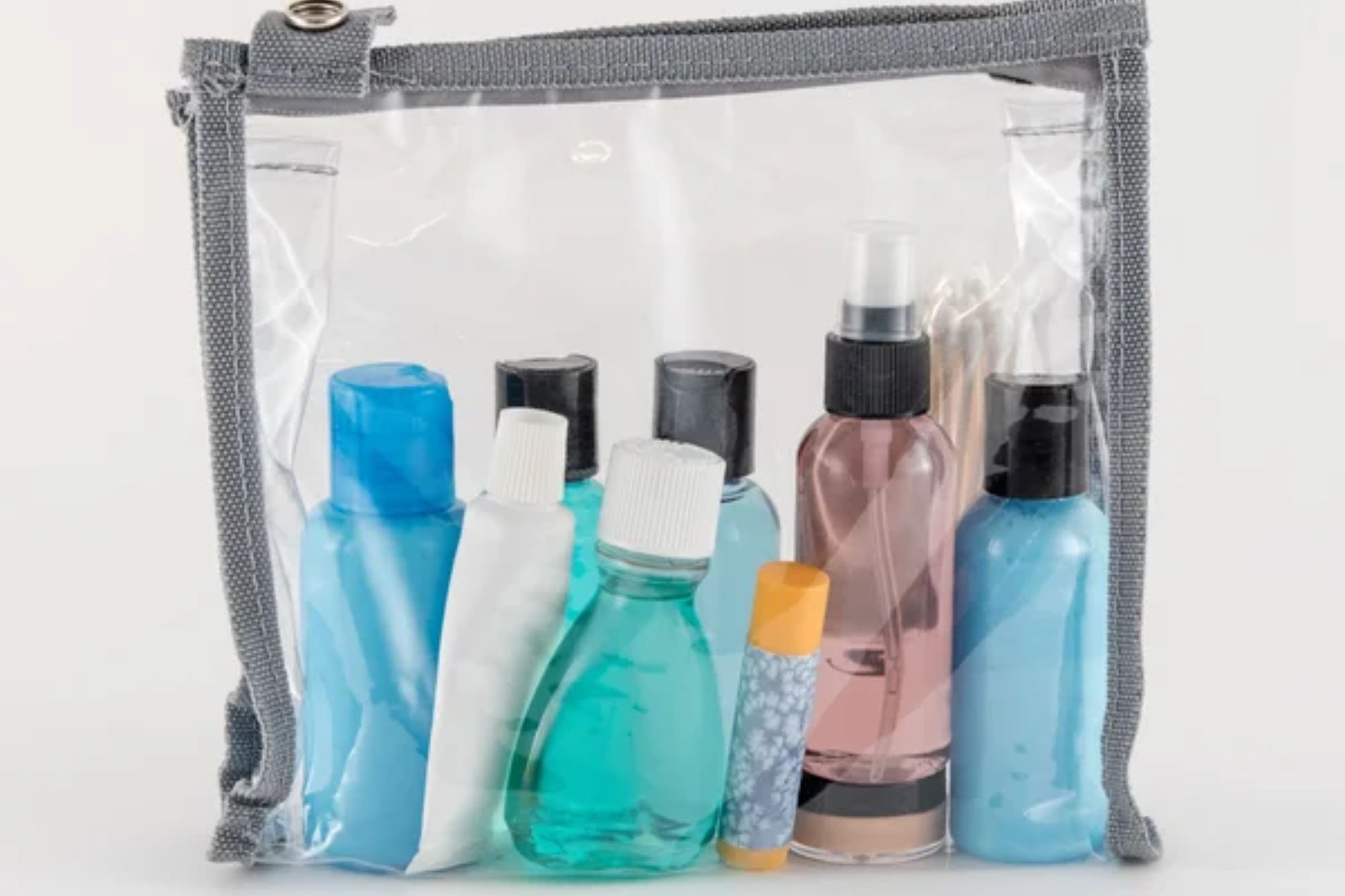
Bathroom supplies quickly consume valuable pack space without careful curation. Solid shampoo bars, multipurpose cleansers, and concentrated products in tiny containers dramatically reduce both weight and liquid restrictions at airport security.
Many experienced travelers maintain just the essentials and purchase replacements locally, discovering that adapting to regional products often enhances the cultural experience.
Establish a Laundry System

Packing light necessitates washing clothes more frequently, making an efficient laundry system essential. Carry a universal sink stopper, a small packet of biodegradable soap, and a portable clothesline for washing items in accommodation sinks.
Developing the habit of washing one or two items daily prevents accumulating dirty clothes while ensuring clean options remain available regardless of laundromat access.
Create Organized Zones

Living efficiently from a backpack requires knowing exactly where every item resides. Establish dedicated zones using packing cubes, stuff sacks, or simple zip-lock bags to segregate clothing, electronics, toiletries, and documents.
This organization eliminates frustrating searches and allows quick inventory assessment, which is particularly valuable when repacking in dim hostel rooms or predawn departures.
Like Travel Pug’s content? Follow us on MSN.
Pack a Capsule Wardrobe

A thoughtfully designed capsule wardrobe enables countless outfit combinations from minimal pieces. Focus on a consistent color palette where everything matches everything else, typically built around neutral basics with one or two accent colors.
This approach eliminates the ‘nothing to wear’ dilemma despite having just 7-10 clothing items total, allowing appropriate attire across varied social situations.
Invest in Quality Over Quantity

The successful long-term backpacker recognizes that superior-quality items, while initially more expensive, prove more economical over months of continuous use. High-performance fabrics maintain appearance despite frequent washing, premium electronics withstand travel rigors, and well-constructed bags survive countless loading cycles.
These investments prevent replacement purchases that ultimately cost more money and valuable pack space.
Master Currency Management

Navigating multiple currencies requires strategies beyond stuffing random bills into your wallet. For emergencies, maintain a small amount of universal currency (usually US dollars or euros), use a travel-friendly bank account that minimizes exchange fees, and carry a hidden backup card for security.
Some travelers maintain a decoy wallet with minimal funds while keeping primary finances secured deeper in their pack for protection in questionable environments.
Like Travel Pug’s content? Follow us on MSN.
Develop Minimalist Cooking Capabilities
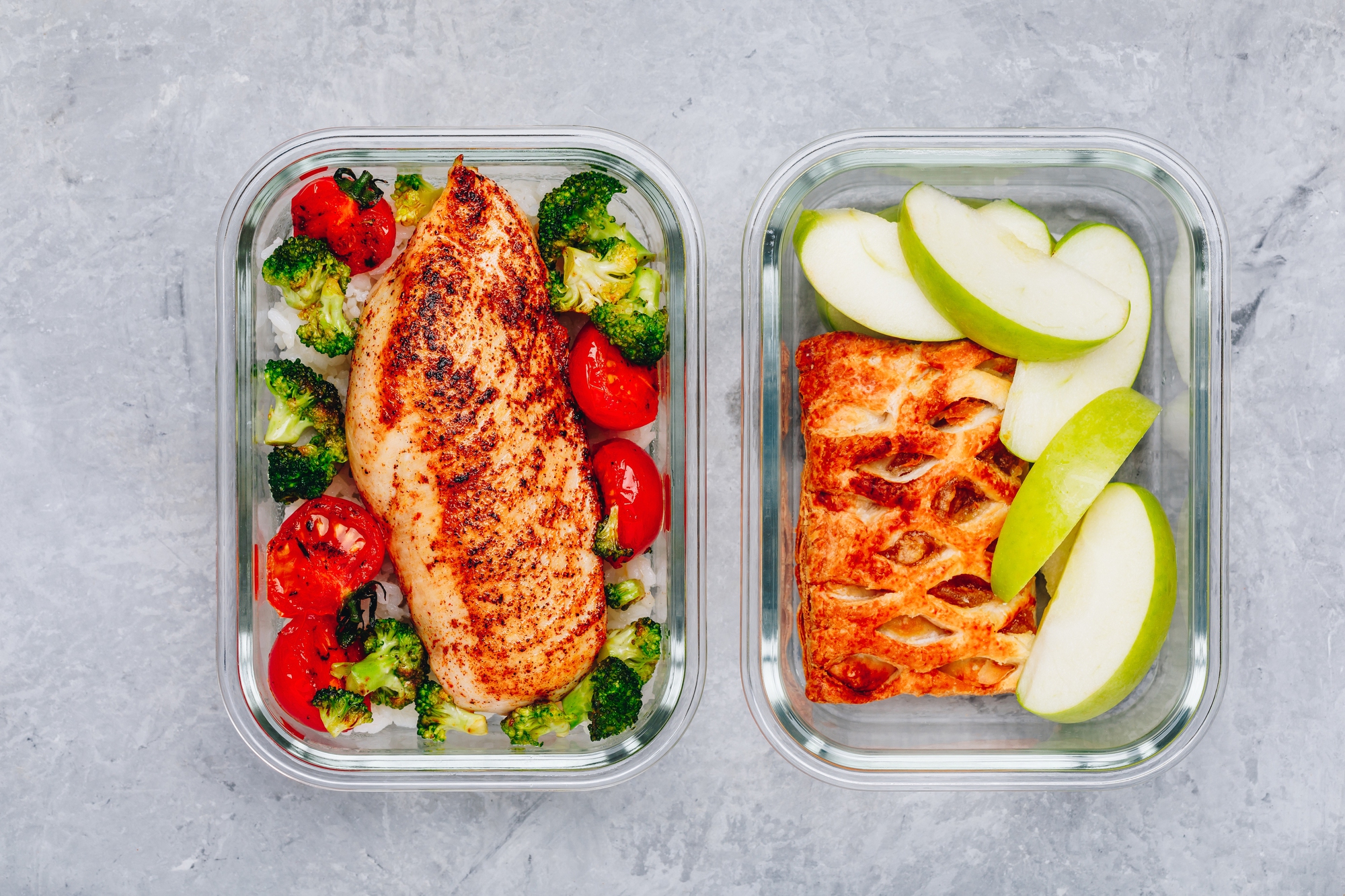
Eating out for every meal quickly depletes travel budgets, making basic food preparation abilities valuable. A collapsible silicone container, compact utensil set, and small cutting tool enable simple meal preparation in hostels or picnic settings.
This capacity for occasional self-catering not only saves money but also provides familiar nutrition during periods of travel fatigue when local cuisine becomes overwhelming.
Maintain Essential Documents
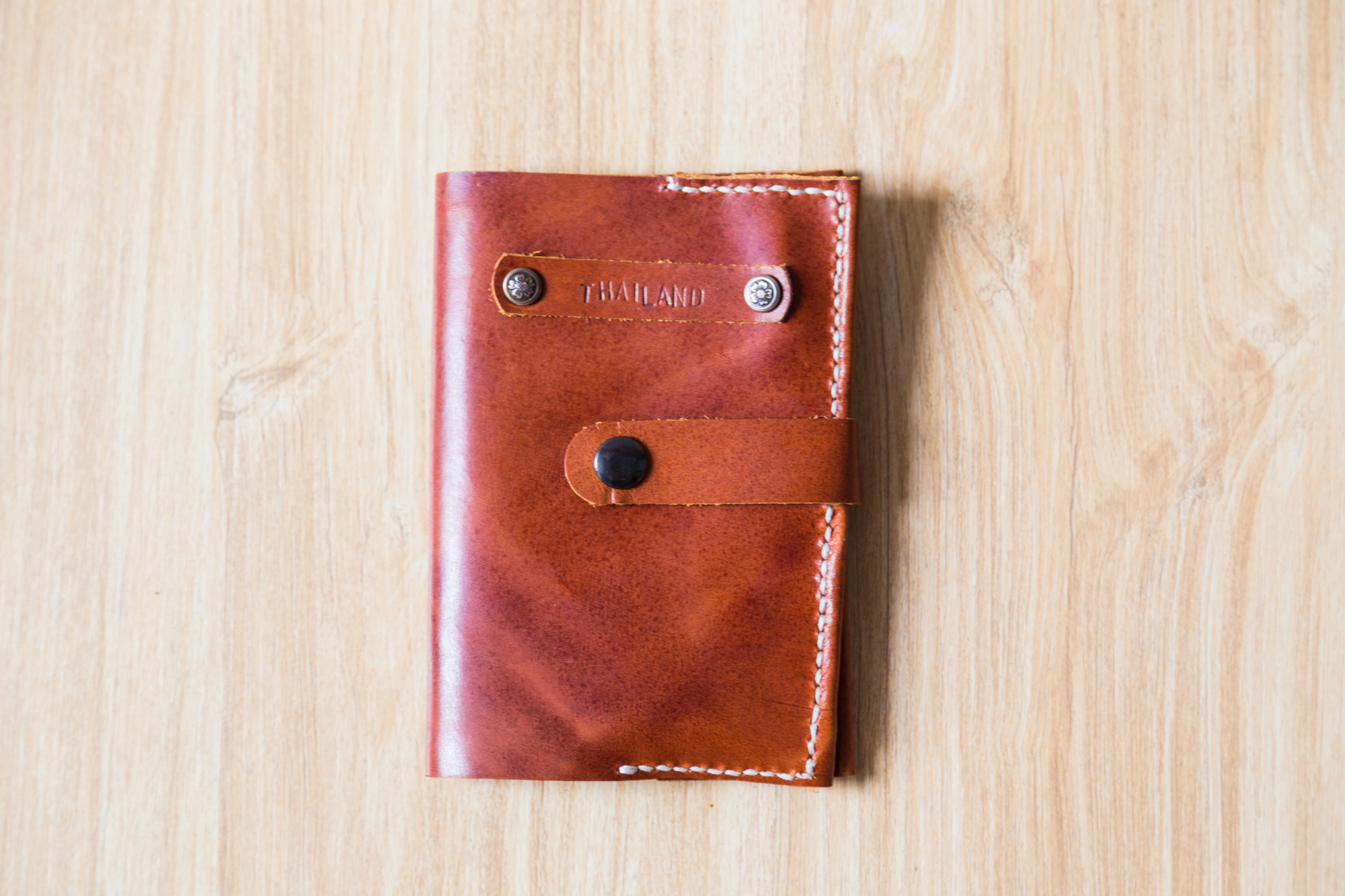
While digitizing most paperwork, certain physical documents remain necessary for country-hopping. Protect your passport, visa paperwork, and international vaccination records in waterproof cases, and maintain multiple copies stored separately.
Experienced travelers often carry extra passport photos for visa applications and a modest emergency cash reserve in major currencies for situations where digital payments prove impossible.
Establish Digital Nomad Essentials
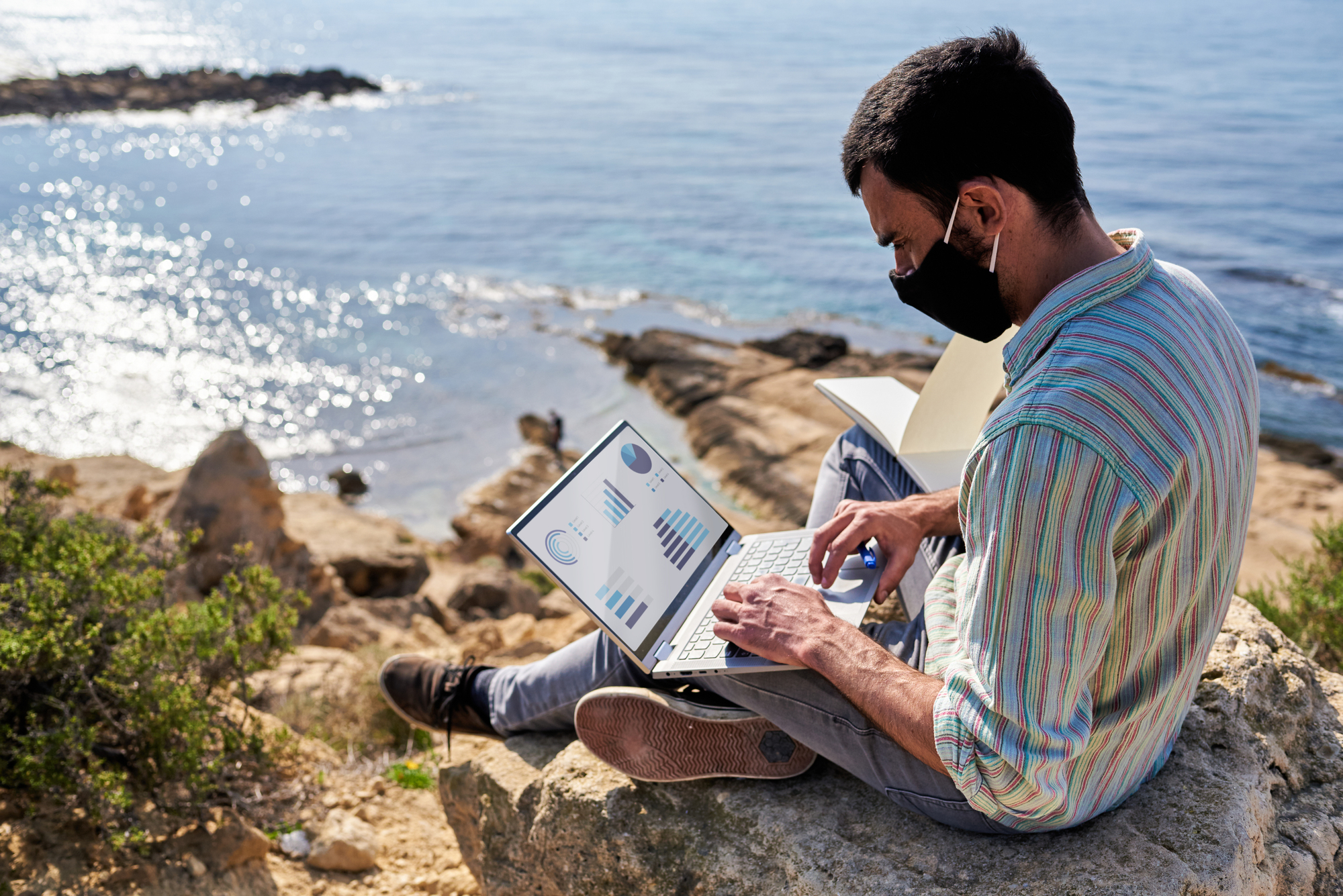
For those working while traveling, a carefully selected technology kit enables productivity without excessive weight. A lightweight laptop or tablet, universal power adapter with multiple USB ports, and portable backup battery maintain connectivity across varying infrastructure conditions.
Adding a small laptop stand and a collapsible Bluetooth keyboard creates an ergonomic workspace in virtually any accommodation, preserving physical comfort during work sessions.
Like Travel Pug’s content? Follow us on MSN.
Create Security Systems
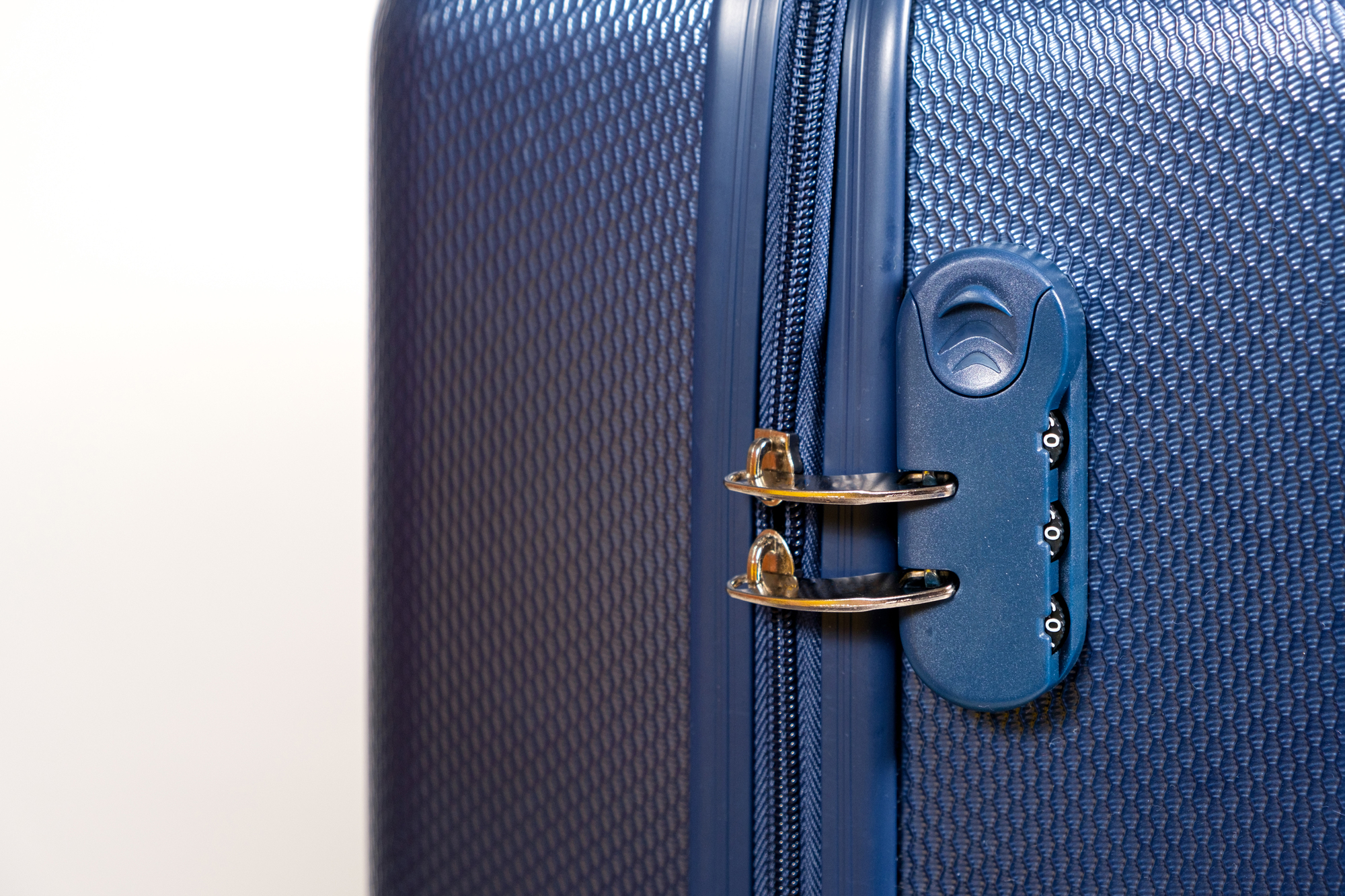
Protecting possessions becomes critically important when everything you own fits in one bag. Invest in slash-resistant materials, locking zippers, and hostel-compatible locks that secure your pack to immovable objects.
Equally important is establishing behavior patterns like maintaining physical contact with your bag in public settings and developing awareness of common local scams targeting travelers.
Develop Pharmaceutical Strategies

Maintaining health across different environments requires thoughtful medical preparation without overpacking. Carry multipurpose medications like antihistamines that address allergies and sleep difficulties, pain relievers that reduce fever and inflammation, and broad-spectrum antibiotics for emergency use.
Research vaccination requirements well in advance, as some require multiple doses spaced over months before providing effective protection.
Practice One-In-One-Out Discipline

The greatest threat to backpack minimalism comes from accumulating new items without removing others. Establish a strict replacement policy: for every new item added, something of equal or greater size must be eliminated.
This discipline prevents gradual pack expansion, which eventually compromises mobility and flexibility—the primary advantages of backpack travel.
Like Travel Pug’s content? Follow us on MSN.
Adjust for Climate Transitions

Moving between significantly different climate zones presents special packing challenges that require strategic approaches. Rather than carrying gear for every possible condition, plan to acquire and discard seasonal items as needed through secondhand shops or traveler exchanges.
Many hostels maintain free exchange shelves where departing travelers leave cold-weather gear that arriving visitors can adopt, creating an informal recycling system.
Cultivate Comfort Essentials
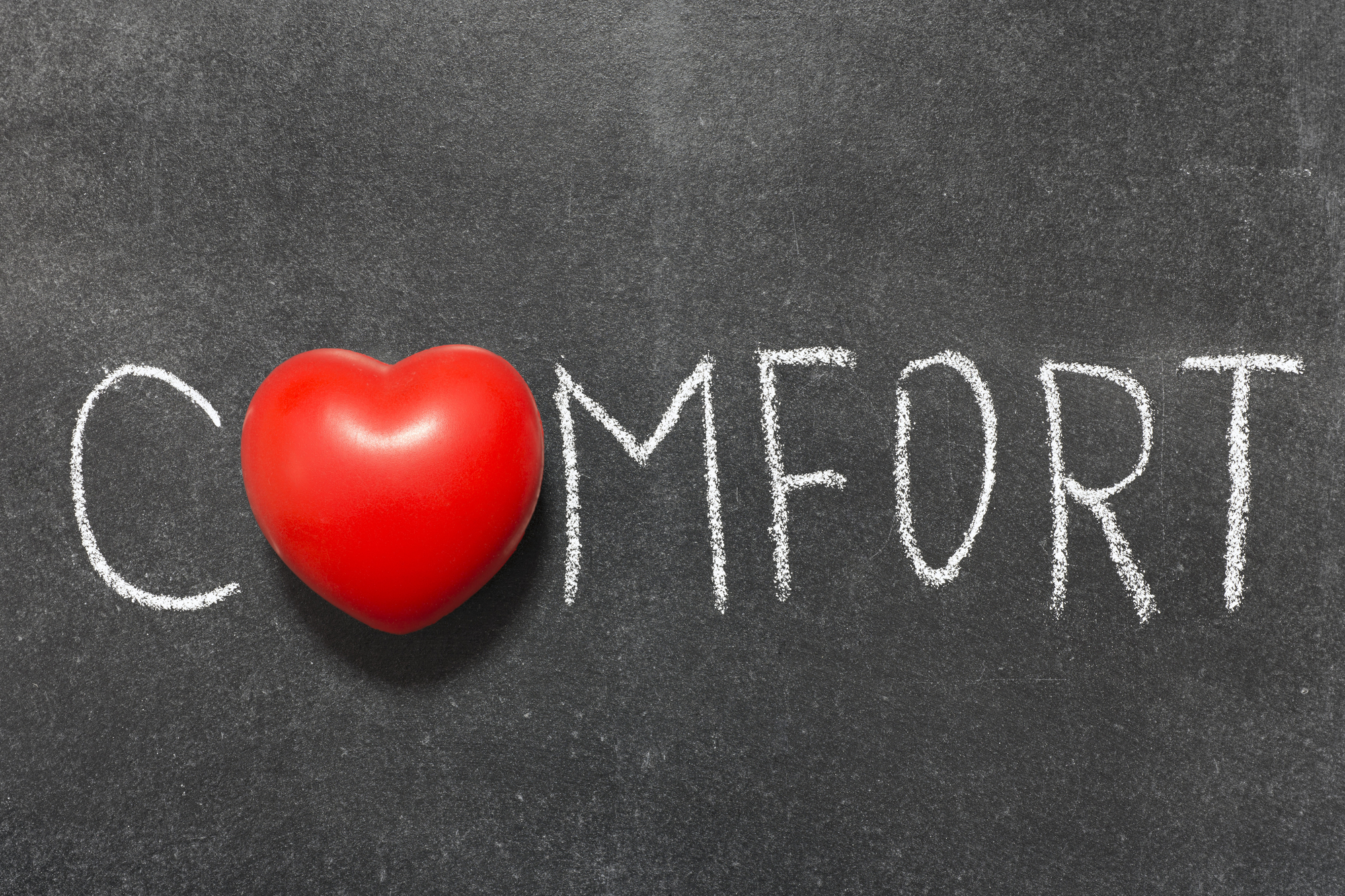
Despite emphasizing minimalism, certain small comfort items prevent travel fatigue during extended journeys. A high-quality eye mask and earplugs improve sleep quality in noisy environments, a favorite snack provides psychological comfort during stressful transit days, and a packable down pillow delivers disproportionate comfort relative to its tiny packed size.
These strategic exceptions to strict minimalism maintain mental well-being through challenging travel periods.
The Liberation of Less
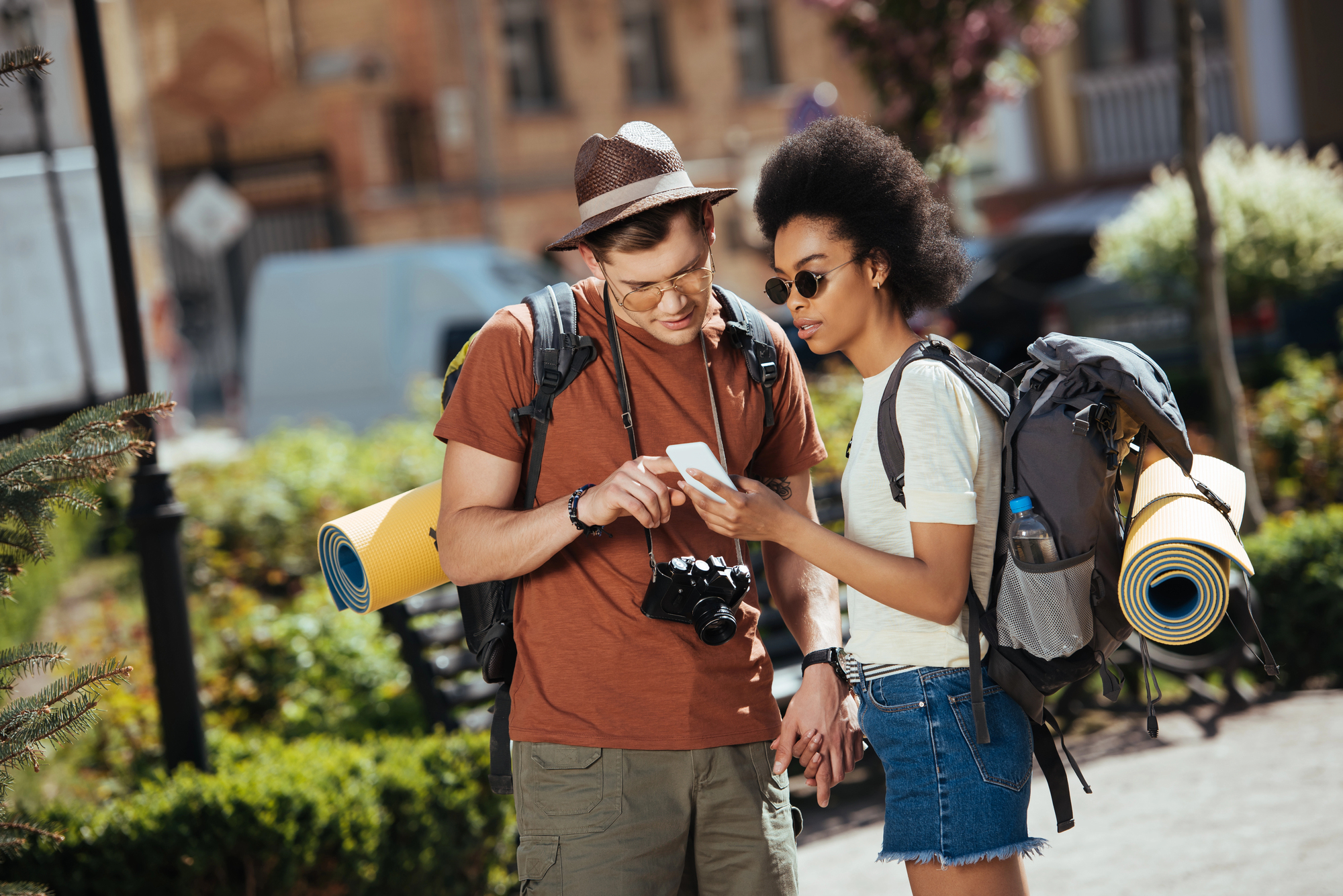
The practice of living from a backpack while crossing borders represents more than a logistical approach to travel – it embodies a philosophy about possession and experience. As you master these techniques, you’ll discover that the constraints of limited space actually expand your travel possibilities by removing the friction of excessive belongings.
The ultimate reward comes in those perfect moments when you can respond to unexpected opportunities with immediate readiness, unencumbered by luggage concerns, and free to follow where curiosity leads. This lightness becomes not just a physical reality but a mental state that fundamentally transforms how you move through the world.
More from Travel Pug

- Cities Growing so Fast You Won’t Recognize Them in 10 Years
- 13 Destinations Where Tourists Regularly Regret Their Trip
- 20 Obscure WWII Sites Even History Buffs Don’t Know About
- 10 Under-the-Radar Mountain Towns That Are Both Affordable and Beautiful
- 20 Abandoned Places That Feel Like Real-Life Post-Apocalyptic Movie Sets
Like Travel Pug’s content? Follow us on MSN.
